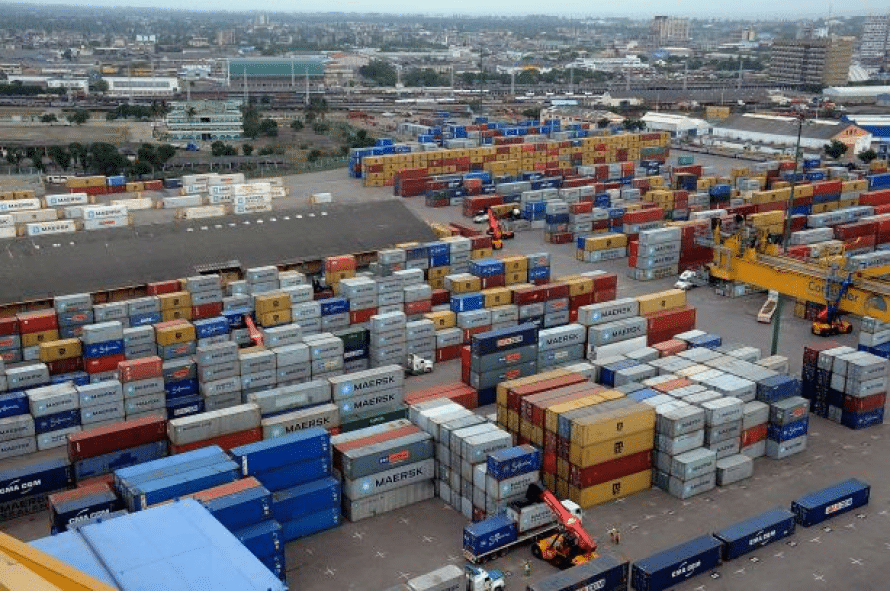Mozambique is channeling major investments into developing its transport and logistics infrastructure, with the goal of transforming the country’s economic structure and boosting regional trade. According to Transport and Logistics Minister João Jorge Matlombe, the government is prioritizing the rehabilitation and modernization of key transport corridors to strengthen the country’s position as a logistics hub for Southern Africa.
Speaking in Maputo, Matlombe said the focus is on the Maputo, Beira, and Nacala corridors, which connect Mozambique to several landlocked neighbors, including Malawi, Zimbabwe, Zambia, and the Democratic Republic of Congo. “We are expanding port capacity, modernizing railway lines, and improving road networks to enhance efficiency and competitiveness in the movement of goods,” he said. “We are also investing in digital systems to facilitate trade, reduce bureaucracy, and accelerate customs clearance processes.”
Matlombe added that the government’s long-term vision is to shift Mozambique’s role from a transit route for regional trade to a logistics and services center that drives industrialization and economic diversification. To achieve this, Mozambique is building partnerships with private investors and development agencies, including the African Development Bank (AfDB).
The Maputo Development Corridor remains the most advanced of the country’s logistics routes. Connecting the Port of Maputo to South Africa’s Gauteng industrial heartland, the corridor plays a vital role in transporting minerals, agricultural products, and manufactured goods. The Port of Maputo has become a preferred outlet for bulk minerals from South Africa, helping to reduce congestion at Durban and Richards Bay. According to the Maputo Port Development Company, the port handled 30.9 million tonnes of cargo in 2024, despite temporary disruptions caused by border closures following post-election violence.
The Beira Corridor links Mozambique to Zimbabwe, Zambia, and Malawi through a combination of rail, road, and pipeline infrastructure. The Nacala Corridor, which includes one of the deepest natural ports in Africa, connects Mozambique with Malawi and Zambia. However, trade along this route remains limited, primarily focused on coal exports from Tete Province. Efforts are underway to diversify cargo through investments in a new container quay and advanced handling equipment.
A fourth corridor, Cabo Delgado, is emerging in the country’s north to support logistics around Mozambique’s massive liquefied natural gas (LNG) projects. Once developed, it is expected to improve energy sector logistics and provide new connections with Tanzania.
AfDB Vice President Solomon Quaynor said the Bank is supporting Mozambique’s infrastructure drive through financing for port modernization, railway rehabilitation, and road construction. “We also focus on soft infrastructure, such as trade facilitation, harmonization of customs systems, and capacity building for corridor management institutions,” Quaynor said. “Physical infrastructure alone cannot deliver the full benefits.”
To strengthen efficiency and security, companies like Scanning Systems are deploying modern inspection and scanning technologies at ports and border posts. The firm’s Director General, Wilfrid Flottes de Pouzols, said the systems will allow for faster cargo processing, improved revenue collection, and better detection of illicit trade.
With these coordinated efforts, Mozambique aims to become a key logistics and industrial hub, linking regional economies while driving sustainable growth and development.


